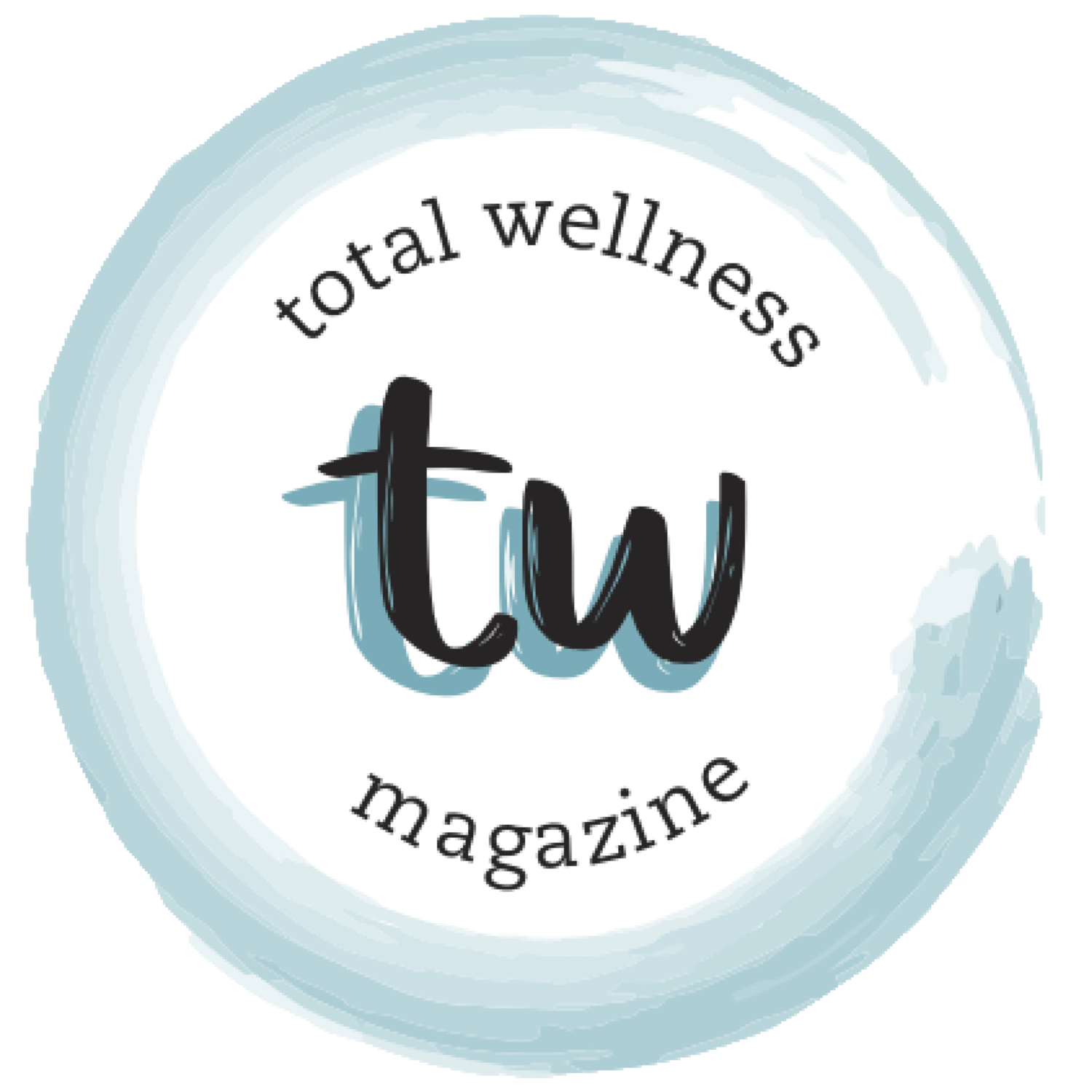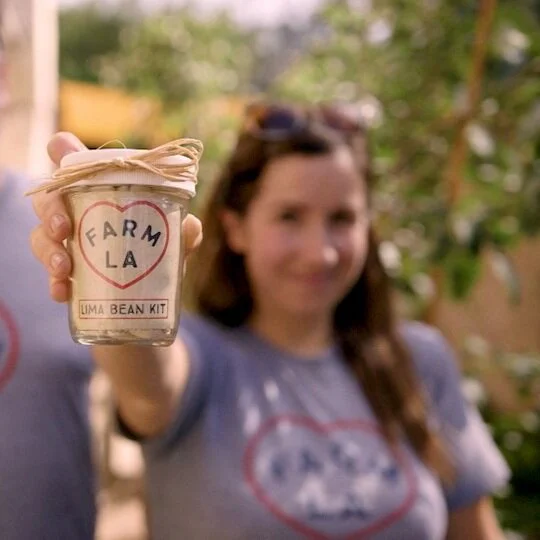Lather, Rinse, Repeat, and Learn: The Chemistry of Hair Care
by Nancy Romo
Everyday, we use products assuming they will do what is marketed without much question. And, hair care products are no exception. Washing hair is important for sanitary wellness, and knowing what is in the lather helps. It turns out that only a few ingredients listed on bottles actually serve the product’s purpose, while the rest are for the product itself: color, texture, lifespan, etc. Most companies will include a long list of specialized ingredients of what makes their hair care products effective—a list that can sometimes be overwhelming to read and understand at first glance. Fortunately, this article will dissect the main components in popular hair care products and their individual purposes. Today’s subject is shampoo!
The term ‘shampoo’ originated in India, where the Hindi word ‘champu’ means to press or massage the muscles. [1] Shampoo is designed to clean the scalp along with its hair strands. But with today's growing cosmetic demands, shampoos try to not only clean, but also beautify. Within shampoos, the good ingredients are to beautify hair, the practical ingredients carry out the product’s purpose, and the rest only contribute to the shampoo product itself.
The Good
Anionics
Of the electrically charged atoms in chemistry, anionics are the negatively charged ones. [2] Anionics are recognized for their removal of sebum–the hair’s naturally produced oil–by helping water to mix with oil and dirt so that they can be rinsed off for a clean slate of hair. Within the anionic group, chemicals like sarcosines and amphoterics are intended for beautification.
Amphoterics
Amphoterics create a dense, crystalline surface on the hair, reducing friction and irritation. This ensures that hair cuticles–the outermost layers of each strand–hold up to regular washing. [3] Amphoterics are also appropriate for individuals with sensitive hair due to their general mildness and spreadability. [4] On a shampoo bottle, three recognizable amphoterics are cocamidopropyl(coco)-betaine, sodium lauriminodipropionate, and disodium lauroamphodiacetate. [5]
Sarcosines
Sarcosines such as lauryl sarcosine and sodium lauryl sarcosinate are good for dry hair because of their conditioning properties. By leaving a thin film of conditioner around each hair strand, sarcosines make each strand softer with each wash. [6]
Cationics
Since hair fibers carry a negative charge, using positively charged cationics can soften hair by preventing friction and frizz. [7] Cationics are therefore a major component of hair conditioners and can be used to repair damaged or chemically treated hair. You can find cationics labelled as ammonia esters, cetyltrimethylammonium chloride, and polyquaternium. [8]
pH adjusters
pH adjusters in shampoo are meant to balance the pH, or acidity levels, to prevent frizzy hair. Generally, a lower pH is desired because a high pH correlates to increased friction between hair fibers, causing the hair shaft to swell. [4] Thus, pH adjusters like glycolic acid and citric acid can prevent hair shaft damage through a process called “pH balancing”, wherein the static repulsion between hair strands is lowered. [7]
The Practical
Lauryl sulfates
Lauryl sulfates are negatively charged detergents used to remove sebum, the natural oil released by hair follicles. The chemicals in lauryl sulfates promote the wetting of oils, grease, and otherwise hard-to-remove dirt, which are eventually rinsed off. This is possible because of the high pH, which enables lauryl sulfates to “soak up” liquid solutions and therefore remove excess oil in the hair. [9] Because of their oil-focused removal, lauryl sulfates are generally recommended for oily hair.
Laureth sulfates
Don’t get the almost-similarly spelled laureth sulfates confused with lauryl sulfates! Laureth sulfates remove dirt and hair-produced sebum just like lauryl’s, but they also leave a thin coat of conditioning silicones on the hair. [4] These softening properties make laureth’s most suitable for normal to dry hair.
Sulfosuccinates
Sulfosuccinates are generally great for cleaning, though are still milder compared to other detergents. They help combine water and oil at the molecular level, which could otherwise be affected by temperature in the shower or how much product is dispersed. [10] By stabilizing the water-in-oil droplets ratio, sulfosuccinates are usually added alongside other sulfates to complement the cleaning process. [11]
Nonionics
Nonionics, like their name suggests, have no charge and therefore serve to give the hair an antistatic nature. The mild nature of nonionics allows them to be an effective secondary cleanser, leaving your hair feeling smoother. [6] On the bottle, nonionics would be identified as polyoxyethylene fatty alcohols, polyoxyethylene sorbitol esters, or alkanolamides.
Sequestering Agents
To “sequester” means to join, and in shampoos, sequestering agents (polyphosphates and ethylenediaminetetra-acetic acid) fuse together magnesium and calcium ions and help rid of them through washing. If not removed, these mineral deposits can weigh down the hair and make it look dull. Additionally, the leftover residue can leave the scalp feeling itchy and irritated. [4]
The Rest
Foaming Agents
Although bubbles and foam make the washing process fun, foaming agents in shampoos only serve to further spread the shampoo throughout the hair while washing. [12] Foaming agents like cocodiethanolamide make up the foam bubbles, but they do not clean at all!
Thickeners and Opacifiers
If glycol distearate, sodium chloride (salt), or PEG-150 distearate are listed on the back of the shampoo bottle, they are used as thickeners and opacifiers. These make up the product’s composition by creating a thicker-feeling consistency and adding a pearl-like shine for aesthetic appeal. [13]
Preservatives
Shampoo manufacturers prefer a longer shelf life for their item. The use of preservatives such as sodium benzoate, parabens, dimethylol-dimethyl (DMDM) hydantoin, tetrasodium EDTA, methylisothiazolinone, MIT, and Quaternium-15 repel germs and prevent bacterial contamination. [13] This allows shampoo products to remain potent for longer periods of time without spoiling.
Specialty Additives
Since washing time is often too short for specialty ingredients like anthenol, pro-vitamins, botanicals (tea tree oil), and natural detergents to have a substantial effect, they are usually added to leave consumers with a good first impression of the shampoo brand. The use of specialty additives varies with time: in the 1970’s, beer was a popular “conditioner,” and today, many shampoo brands include vitamins for beauty benefits. Nevertheless, all of them serve to customize each shampoo in the market. [4]
To Wrap Up...
The showering process itself comes down to certain helpful habits. At the beginning of washing, the water temperature should be warmer to open the hair cuticles. To clean the scalp, focus shampoo application on the head; for treatment purposes, apply conditioner on the remaining ends of the hair. A quarter-sized amount of product is usually enough for a thorough cleansing and can also prevent chemical buildup. While showering, try not to scrub or mesh your hair as it is most delicate when wet. Instead, letting the water run down can help distribute the product through each strand. [14] Little tips like these will go a long way in our hair care journey.
Ultimately, the choice of your hair care product depends on your preference, price range, and hair type. Knowing what ingredients are in your hair care products, however, can help you make the most informed decision when personalizing and maximizing your hair care routine.
References
“Hobson-Jobson: The Words English Owes to India.” bbc.com. (2012).
“What is an ion?” qrg.northwestern.edu. (n.d.).
“Structure and performance of cationic assembly dispersed in amphoteric surfactants solution as a shampoo for hair damaged by coloring.” ncbi.nlm.nih.gov. (2007).
“Essentials of Hair Care Often Neglected: Hair Cleansing.” ncbi.nlm.nih.gov. (2010).
“Types of Surfactants in Your Shampoo.” hairmomentum.com. (2016).
“Shampoo and Conditioner.” chm.bris.ac.uk. (n.d.).
“The Shampoo pH can Affect the Hair: Myth or Reality?” ncbi.nlm.nih.gov. (2014).
“The Value of Hair Cosmetics and Pharmaceuticals.” karger.com. (2001).
“Sodium lauryl sulfate.” chm.bris.ac.uk. (2010).
“Structure and dynamics of water-in-oil droplets stabilized by sodium bis(2-ethylhexyl)sulfosuccinate.” J. Phys. Chem. (1988).
“Sulfosuccinates as Mild Surfactants.” jstage.jst.go.jp. (2006).
“A Review of Shampoo Surfactant Technology: Consumer Benefits, Raw Materials and Recent Developments.” Int. J. Cosmet. Sci. (2017).
“Shampoo and Conditioners: What a Dermatologist Should Know?” ncbi.nlm.nih.gov. (2015).
“How to wash hair correctly: Tips from experts.” today.com. (2017).
“Sarcosinate shampoo.” patents.google.com. (1963).
“Acids, Bases, & the pH Scale.” sciencebuddies.org. (n.d.).












